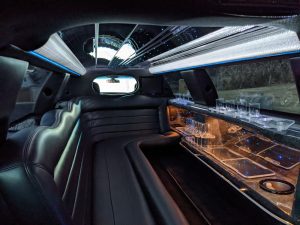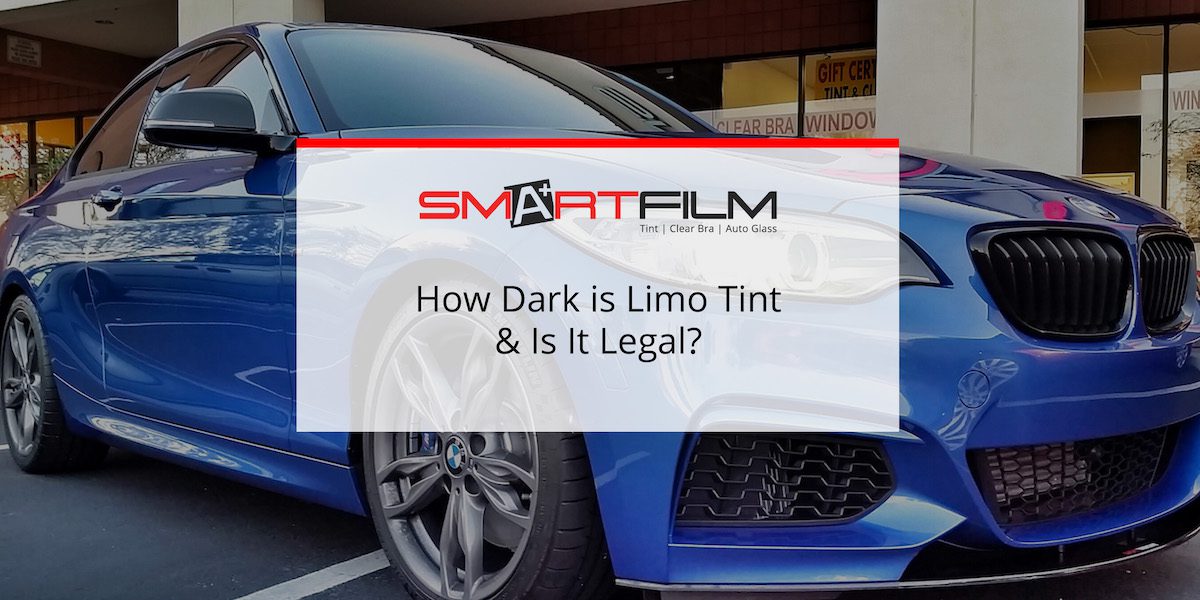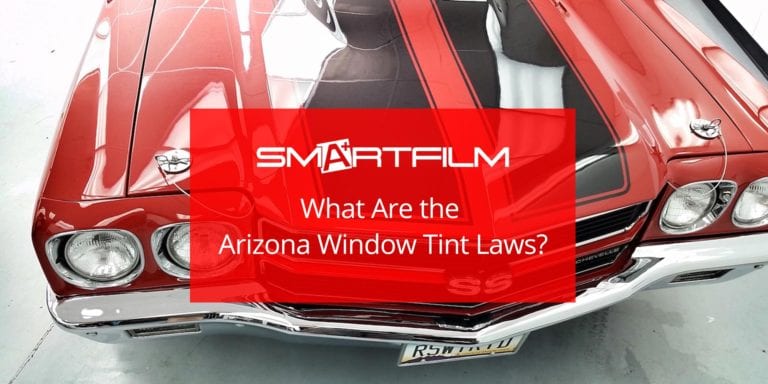How Dark is Limo Tint & Is This Window Tinting Legal?
There has been a lot of doubts and confusion about using limousine tint for your car. Whether you’re a car buff or you’re just starting your research into upgrading your car with automotive window film, chances are good that you’ve seen or heard of this term before, possibly without even realizing it.
This extremely dark form of window tinting appeals to many Valley drivers for its heat- and visible light-blocking shade, the privacy it provides, and its sleek look. However, if your tinted windows are too dark, you may find yourself getting pulled over by Arizona’s finest and racking up citations. It’s important to know what classifies window film as a “limousine tint” and whether it’s legal in Arizona or not.
What is “Limousine Films?”


Can You See Out of A Limo Tint?
The idea is that both drivers and passengers should still be able to see out of their limo tint. While it’s true that window tint laws vary from one state to another, the general rule is that drivers follow window tinting limits. It’s important for drivers to still be able to vividly see the roads they are driving in.
Unfortunately, limo tint is considered the darkest automotive window tint film in the market. As a matter of fact, some state laws prohibit drivers and even installers themselves to sell and install the window tint.
Go to one of your window tint providers, as usually, they will have examples of different tints. That way you can decide for yourself if a particular tint is too dark or not. Allowed VLT ratings vary from state to state. Some strict states require 70 percent of the visible light to make it through the glass. Always make sure that your colored windows are compliant with state law to avoid unnecessary problems.
Making Sure Your Automotive Window Tint is Compliant with State Law


What is Visible Light Transmission?
Visible Light Transmission is the measurement that state laws use to figure out the number of light waves transmitted through a material. It indicates the darkness of a vehicle’s window tint, meaning that the lower the VLT percentage is, the darker the window tinting is.
Window tint laws across the state generally set a VLT percentage that vehicle owners are supposed to follow. And depending on where you are, the darkest automotive window film which is the limo tint may be prohibited in your area.
A legal limo tint is an easy upgrade for Arizona drivers seeking privacy and protection. Always check how dark you can tint your passenger windows and rear windows based on the laws in your state. Here is a great resource for this. We’ve also written an article specifically about Arizona Window Tinting Laws. If you are still not sure what limo tint to pick, then speak to one of our experts at SmartFilm.
Contact Us Today for Your Window Tinting Quote!
Let the professionals at Smartfilm handle your window tint installation and leave the legal guesswork out of the equation. Call our office today for a quote on our window tinting installation and other services we provide customers across the Valley.







